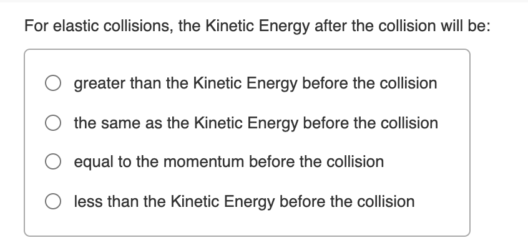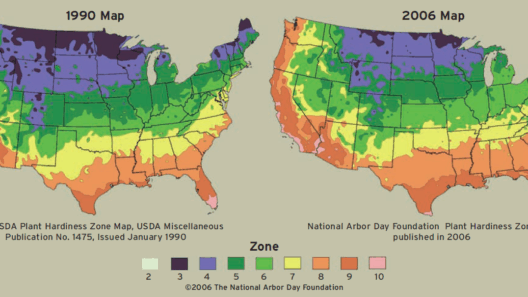As the clamor surrounding global warming continues to escalate, one might ponder: Are there enough public announcements about this pressing issue? Is the cacophony of information sufficient to galvanize action, or do we find ourselves whimsically wandering through a desert of apathy? The urgency of this question cannot be overstated, particularly as scientists warn that global warming may be accelerating at an alarming rate.
Global warming, primarily propelled by anthropogenic emissions of greenhouse gases, remains a pervasive challenge. Yet, the discourse surrounding it often seems marred by contradictions and insufficient public outreach. Public announcements have the potential to be instrumental in illuminating the dire consequences of this phenomenon, fostering awareness among the general populace. However, the effectiveness of these announcements significantly hinges on their frequency, depth, and clarity.
Historically, campaigns aimed at raising awareness about climate change have oscillated between fervent advocacy and disheartening silence. In the early 2000s, as the scientific community sounded alarms about the tangible impacts of climate change, public service announcements (PSAs) began to surface with an intention to inform and unify individuals in a common goal. Unfortunately, the eventual fading of these campaigns left many wondering if the message had truly permeated society.
Are current public announcements about global warming adequately capturing the attention of diverse demographics? It is crucial to recognize that while there is an abundance of information disseminated through various media, much of it remains confined to echo chambers, where only the already-concerned are engaged. Information should permeate all layers of society, including those who may be skeptical or indifferent towards climate issues.
The effectiveness of these announcements also necessitates scrutiny regarding their presentation. A mere enumeration of facts and figures rarely ignites a sense of urgency among the public. Engaging storytelling, visual graphics, and, importantly, clear calls to action can catalyze more meaningful engagement. For instance, a compelling PSA that features personal experiences—perhaps narrated by individuals who have felt the effects of extreme weather—can create a profoundly different impact than a dry statistical presentation.
Moreover, the platforms used for these announcements should be considered. In an age dominated by digital communication, leveraging social media can amplify messages exponentially. Platforms like Instagram or TikTok can attract younger audiences, who may be more likely to share impactful content with their networks. This phenomenon underscores the importance of tailored communication strategies aimed at specific demographics.
Another pivotal aspect to consider is the involvement of local communities. Often, global warming appears as an abstract concept; however, framing the discourse around local impacts can render it tangible. Community-based announcements that address specific regional climate issues—such as rising sea levels in coastal areas or heatwaves in urban centers—can resonate more powerfully than an overarching global narrative.
The challenge then arises: How can we ensure that the message of global warming saturation becomes a prevailing norm rather than a sporadic occurrence? Collaboration between governmental bodies, non-profit organizations, and the private sector may provide a cogent strategy. Joint campaigns can pool resources, ensuring a wider reach and greater resonance. Integrating globalwarming education into school curricula is an additional approach, fostering awareness from a young age and cultivating informed future citizens.
Yet, despite all efforts to disseminate information, there exists a significant hurdle that remains largely unaddressed: the climate of misinformation surrounding climate change. Counterproductive narratives can significantly dilute the urgency presented by genuine announcements. Thus, combating disinformation should become a pivotal part of any public announcement strategy. Solving this dual challenge of spreading accurate information while erasing fallacies could significantly amplify the impact of climate communication efforts.
As we dissect the intricacies surrounding public announcements on global warming, one must question the role of frequency as well. Regular updates and informational campaigns should not only be reactive but proactive, imbued with a sense of urgency that mirrors the scientific consensus. Seasonal campaigns that correlate with significant climate events—such as Earth Day or extreme weather occurrences—should be employed consistently to keep the discourse alive and relevant.
Furthermore, the psychological impact of gradual incrementalism mustn’t be overlooked. Not only do people require invigorating calls to action, but they also need to see tangible examples of change as a result of their collective efforts. Public announcements must convey stories of hope and success—instances where communities have successfully adapted, shifted to sustainable practices, or reduced carbon footprints. Such narratives foster a sense of agency, empowering individuals to partake in the larger movement against global warming.
In conclusion, while public announcements about global warming are prevalent, the inquiry into their adequacy persists. The content presented must be comprehensive, accessible, and engaging. There exists a formidable challenge of ensuring these communications reach those who need to hear them most, while simultaneously combating misinformation. By weaving together diverse strategies, employing effective storytelling, and instilling a culture of awareness that spans all demographics, we can fortify the public’s engagement in addressing global warming. The stakes are incredibly high, and the quest for effective communication must be pursued with relentless vigor and creativity.







